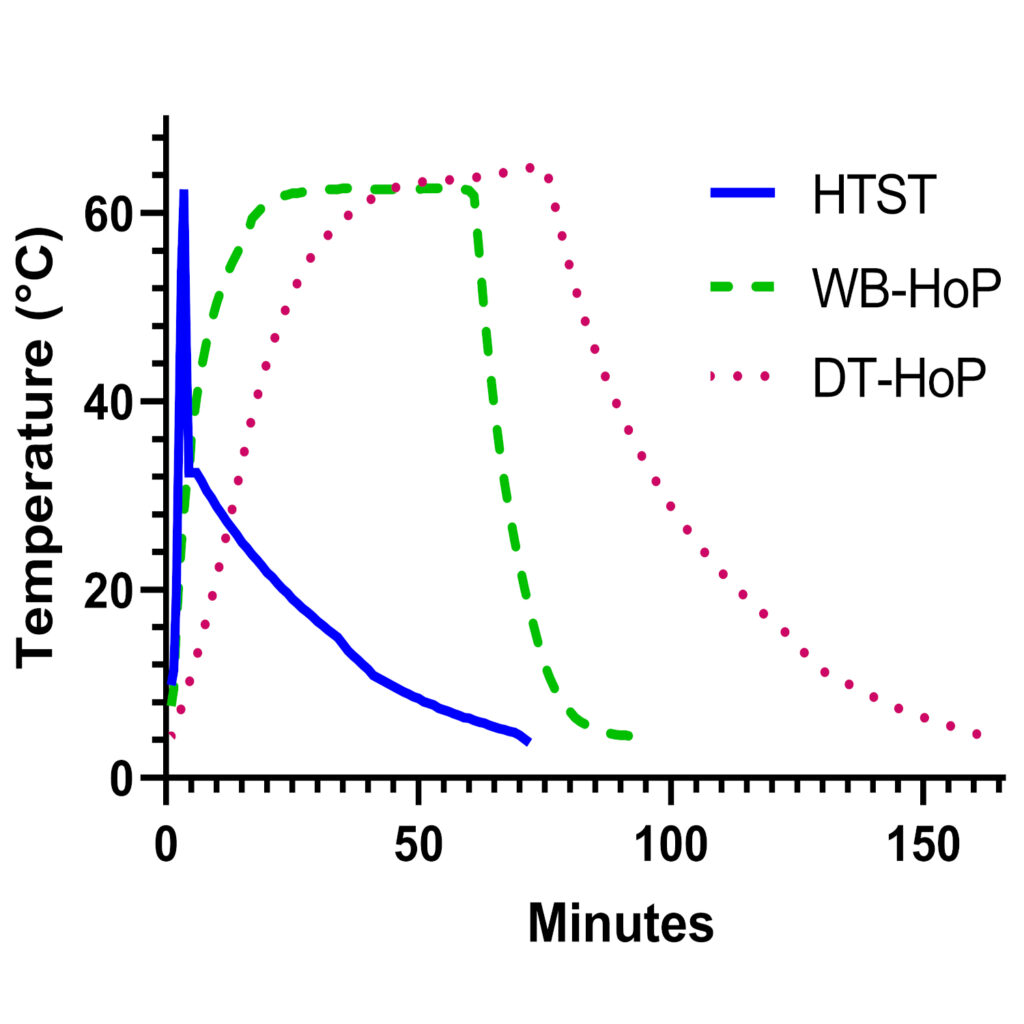
Daniel Klotz, MD, PhD, MHBA
The focus of our research is the influence of environmental pathogens transmitted via nutritional solutions on short- and long-term outcome parameters in extremely low gestational age infants (ELGAN).
During intensive care treatment, ELGANs are exposed to a range of bacterial, viral and non-organic pathogens. While some evidence is available for infectious pathogens, such as human milk bacteria or human cytomegalovirus, the scope and the influence of emerging pathogens, such as nanoparticles and chemical compounds, are less evident. The aim of our research is to assess the extent of exposure and clinical relevance of organic and non-organic nutritional pathogens during intensive care treatment of ELGANs.
TEAM
Group Leader: PD Dr. Daniel Klotz
Antimicrobial treatment of human milk:
- Olimpia A. Manzardo, M.D.
- Lara Fentzloff, cand. med.
- Constanze Kuhn, cand. med.
- Ann-Kathrin Frick, cand. med.
- Vanessa Weber-Silva, cand. med.
Microparticles in Neonatal Nutrition:
- PD Dr. Daniel Klotz
RESEARCH THEMES
The main topics of our research are:
- Antimicrobial treatment of human milk: Standard thermal treatment for viral and bacterial inactivation of human milk (Holder pasteurisiation) impairs the nutritional value of human milk. Reduction of the exposure using a short time treatment may retain the nutritional value and still provide microbial safety. Emerging technologies such as UV-C treatment that avoid the need for thermal treatment may be even more beneficial in retaining important properties of human milk.
- Microplastics in nutritional solutions: Micro- and nanoparticles from different plastics have been detected in fetal tissues but little is known about the impact of this observation on the outcome of extreme premature infants. We aim to map the scope and source of these different plastics within neonatal care.
SELECTED RECENT PUBLICATIONS
- Manzardo OA, Toll LJ, Müller K, et al. A novel heat treatment protocol for human milk. Frontiers in Pediatrics 2022;10.https://www.frontiersin.org/articles/10.3389/fped.2022.990871
- Müller K, Toll LJ, Manzardo OA, et al. Holder Pasteurization: Comparison of Water-Bath and Dry-Tempering Devices. Frontiers in Pediatrics 2022; 10.https://www.frontiersin.org/articles/10.3389/fped.2022.879853
- Klotz D, Schreiner M, Falcone V, et al. High-temperature short-time treatment of human milk for bacterial count reduction. Front Pediatr 2018;6. doi:10.3389/fped.2018.00359
- Klotz D, Joellenbeck M, Winkler K, et al. High temperature short time pasteurisation of human breast milk is efficient in retaining protein and reducing the bacterial count. Acta Paediatr Published Online First: 30 January 2017. doi:10.1111/apa.13768
- Klotz D, Jansen S, Gebauer C, et al. Handling of breast milk by neonatal units: Large differences in current practices and beliefs. Front Pediatr 2018;6. doi:10.3389/fped.2018.00235
COLLABORATIONS, CO-OPERATIONS AND NETWORKS
FUNDING
Stiftungsfonds – University of Freiburg, Freiburg, Germany